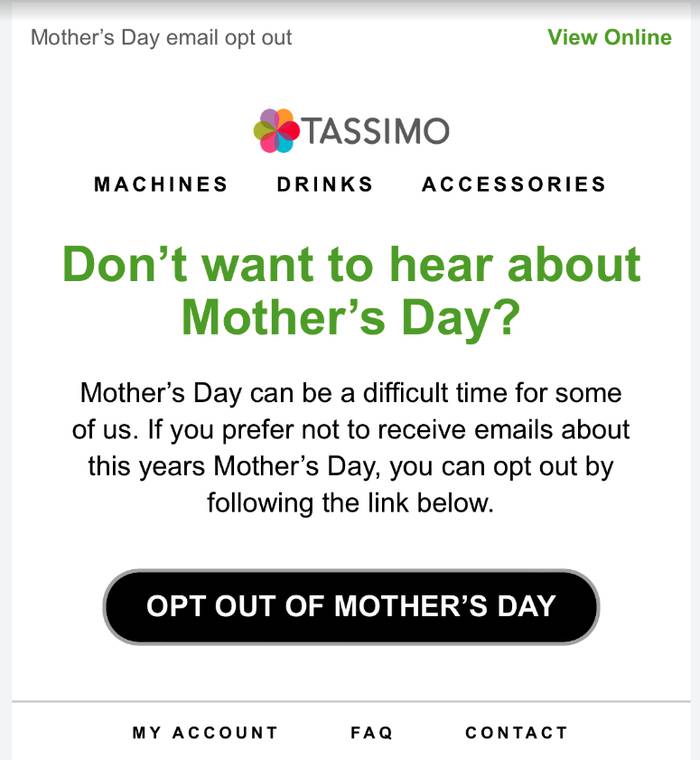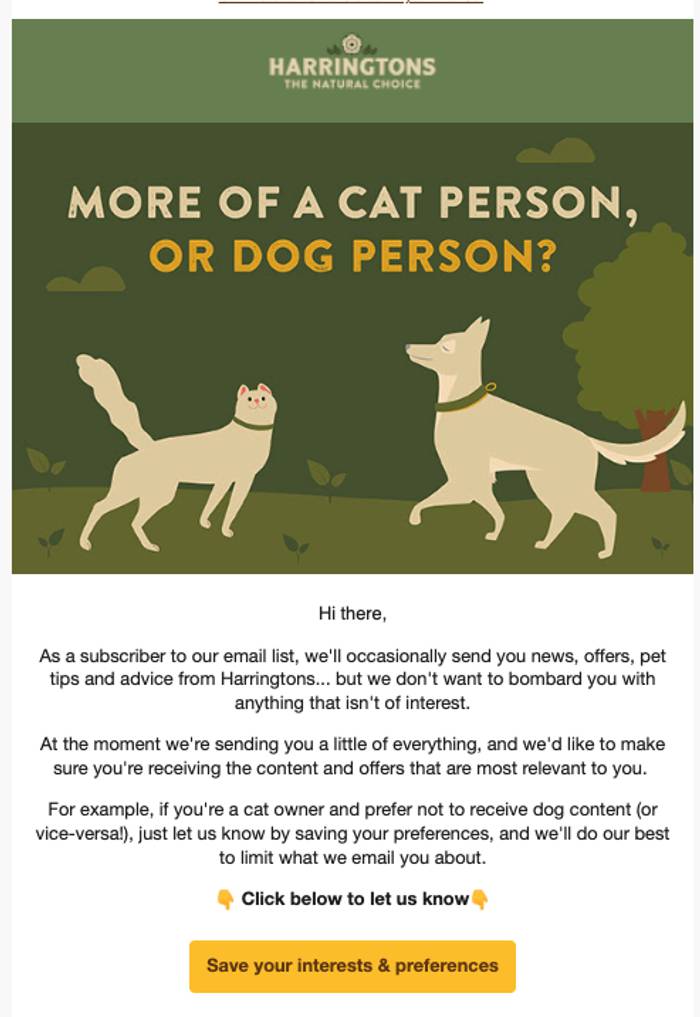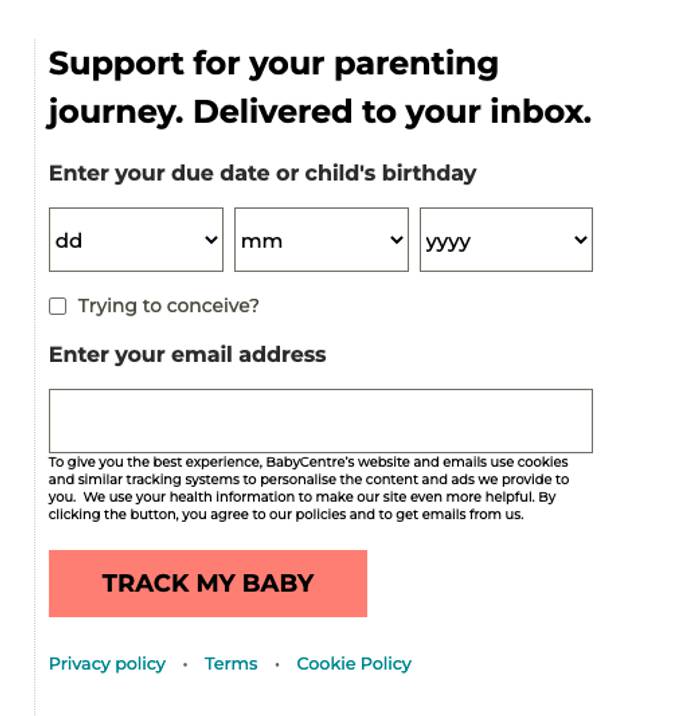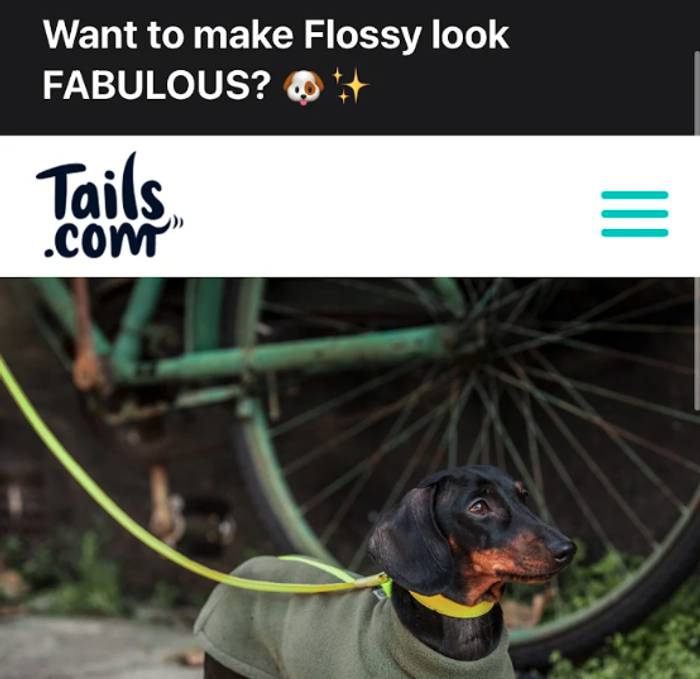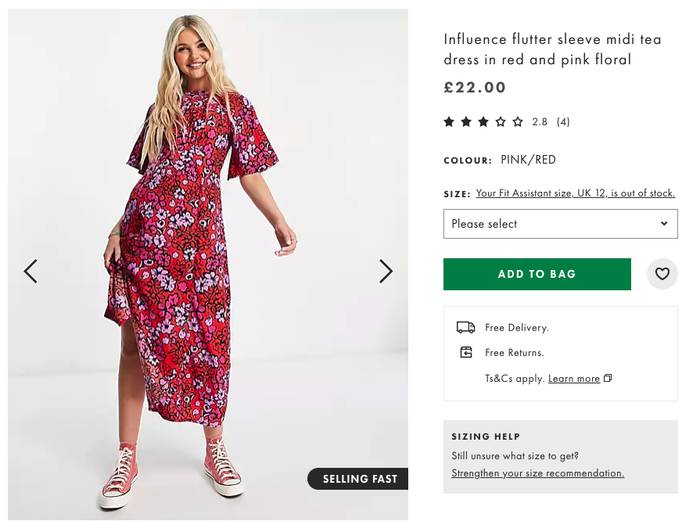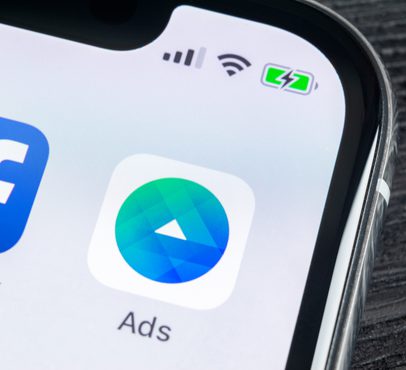It’s quite the paradox: getting to know your customer is as important as ever, but it’s becoming increasingly difficult to do. We all want personalised, relevant communications and interactions with the brands we use, but we also want to protect our privacy!
An astonishing 93.6% of us are either just as concerned, if not more concerned about online privacy compared to a year ago. What’s more, 72% would stop buying from a company or using a service because of privacy concerns.
These attitudes, compounded with privacy-first policies and legislation affecting second and third party cookies, mean marketers naturally have much less data to play with and take learnings from.
Zero and first-party data might provide a solution for better connecting consumers with brands. But what, why and, perhaps most importantly, how?
What is first-party data?
First-party data is necessary information collected directly (and consensually) from your customer, as opposed to being acquired and sent to you by a second or third party. First-party data is also completely unique to your business.
Examples of first-party data include your website analytics and user behaviours, email addresses, phone numbers and shipping information. Purchase history and downloads — amongst other transactional information — is also considered first-party data and allows brands to recommend tailored communications to inspire future purchases, based on what the user likes.
So, does first-party data differ from zero-party data?
Yes, although they are similar and work best together. Zero-party data is any extra information a customer proactively and voluntarily shares with your business.
Examples of zero-party data could include preferences such as clothing size, dietary preferences, skin type, location, baby age or if they are a pet owner, the breed and age of dog they own.
Why should I be considering a first-party data strategy?
Data collection is becoming increasingly challenging, making it harder to personalise marketing activity. Consumer attitudes, legislation, OS updates and third-party cookies changes have all resulted in an eroding ability to track users.
If you’re a paid media marketer, you’ll probably have noticed that interest-based targeting options are disappearing, which can make it harder to reach your desired audiences using this data source alone.
And whilst great for reaching large audiences, ‘walled gardens’ like Amazon, Facebook and Google restrict their data sharing, making it difficult to learn who is buying your products and also limiting opportunities for repeat purchases — unless through the platform itself.
As these knowledge gaps become wider, it’s easy to see the potential benefits of having first-party data at your fingertips to create better, more informed marketing campaigns.
What are the benefits of zero and first-party data?
Ultimately, better marketing and personalisation.
By helping to plug the gaps created by privacy changes, first-party data will enable you to get to know your customers better. You’re also future-proofing your marketing by ‘owning’ your personalisation data and becoming less reliant on third-party tools.
55% of consumers say that getting messages, offers or promotions that are relevant for them is a key reason they join loyalty programmes. First-party data gives you the opportunity to stand out and add value to your marketing activity.
You’ll be able to create better custom audiences and lookalikes. Zero-party data will help you better understand your customers’ needs, while first-party data will help you get to know their habits in their path to purchase. Data will have been shared with their knowledge and the brand-consumer experience and connection will be strengthened.
With over nine in 10 consumers either being just as concerned about privacy as last year if not more so, there’s never been a better time to get started.
But wait — don’t customers find over-personalisation a bit creepy?
Yes, a little!
After all, it’s hard to not be mildly disturbed when a fleeting conversation with your partner about getting a dog is followed up by being served a series of puppy food ads as you scroll through Facebook or Instagram.
But let’s imagine you’re purchasing puppy food online from your chosen brand and during that process you’re asked if you’d like to supply your dog’s breed and age, so they could send you personalised puppy recommendations and discounts via email — that’s zero and first party data at work.
The difference between these two examples is data consent. By keeping things on the customer's terms and offering a clear value exchange, you can respect their desire for privacy and fulfil their demand for personalisation in their shopping experience — win, win, and a big boon for that all-important brand-consumer connection.
How to collect first-party data for your marketing
Make data collection part of your marketing strategy. Look at your customer journey and consider at which touchpoints it feels right, or would add value, to collect data to either enhance your customer’s experience or learn more about their preferences. This might look like:
Providing a discount code to first-time customers
Collecting a special date during the sign up process to send a special treat
Creating a short survey or quiz on your website to provide tailored product recommendations (beauty brands are great at this!)
Rewarding customers for sharing additional data as part of a loyalty programme
Using lead generation forms on social media to collect new customer information
Inviting attendees at in-person events to gain exclusive access to an upcoming webinar
Be sure to make use of custom questions, this can help to segment your audience later on in the customer journey. A name and email address is a good starting point, but it doesn’t tell you what the person likes, dislikes, who lives with them, if they’ve got a birthday coming up, how often they like to travel or what industry they work in.
Only 22% of consumers believe that the information they’re currently sharing is improving their online experience. Therefore, it’s important to ask the right questions that deliver the right information to add this value.
To increase uptake, you’re also going to need to consider the value exchange; that is, customers part with their data in return for a better experience. Currently, only 56% of marketers believe their organisation offers a clear value exchange in return for customers sharing their data.
As data becomes more scarce, difficult to obtain and hence its value increases, providing transparency and this fair return is as important as ever. Again, put yourself in the consumer’s shoes and ask: ‘what’s in this for me?’
Don’t be afraid to try out new ad platforms you might not have traditionally used, either — like TikTok. Each has different targeting options that can reveal new pathways to unique first-party data. After all, your audience uses more than just Instagram, Facebook and Google.
How to use your first-party data (and a few handy examples)
Create segmented lists with which to target (or exclude) your existing customers — or people who look like them — through paid media and paid social advertising. This could also include email segmented lists.
Try never to see your current pool of first-party data as a destination, but a journey of ongoing optimisation; a work in progress to better know your customers. Your customers’ needs and circumstances are always changing. You don’t have to ask for everything up front, but build information over time.
Take, for example, Mother’s Day and Father’s Day opt outs. Brands like Tassimo, Bloom & Wild and Tesco have done this very sensitively and successfully, in our opinion. You might also want to give customers control over the data they’d like to remove.
In addition to grabbing your attention by posing such an age-old question, Harringtons have politely and helpfully invited their email subscribers to share more about what they want to receive, optimising their first-party data and making future interactions more meaningful.
Personalised emails can also reveal other opportunities to learn more — through discount codes, giveaways and competitions. Going one step further, Tails.com could look to use images of your breed of dog in their marketing if they have asked for that information.
Using first-party data can be integrated with your website, but it doesn’t have to be complex.
How travel brands could use first-party data
We recently visited a popular UK holiday park, and it struck us that despite having a great deal of first-party data tied back to our lodge number, this wasn’t used to provide any real value during our stay. So we wondered, what if they used this data for our next stay by:
Prefilling any form field information they already have for us as part of their rebooking system
Checking if any information has changed since our last stay
Telling us about events suitable for our children’s age groups
Reminding us of the opening times of our favourite restaurants
Asking if there’s any extras they could add to our room if a special date (birthday) falls during our stay
Sending a link nearer to our holiday to pre-book activities we’ve enjoyed before
These little extra touches would definitely enhance our next stay, and show that the data they have collected is being used to benefit me as a customer as well as presumably giving them insights into their customers as a whole.
Looking to kickstart your zero and first-party data strategy?
Learning about and connecting with your customers has become harder, but it’s not impossible. A first-party data approach is as critical to marketing success as it’s ever been.
Whether you’re after some consultancy or even full strategy management, our team of digital marketing data experts are only a quick message away.
Looking for a helping hand with your zero and first-party data strategy?
Drop us a messagePost by

Since forming Extreme’s social media department back in 2012, our Head of Social Donna and her team’s work has been recognised nationally. With extensive experience spanning mutiple sectors, Donna specialises in social strategy, ideation and paid social advertising.
Project
Post by

Laura joined Team Extreme in 2017 and through the years has refined her social media skills to become our Paid Social Strategist. She works with our social clients to plan and execute content across a broad range of sectors and channels, helping clients maximise their results and ROI.
Project

